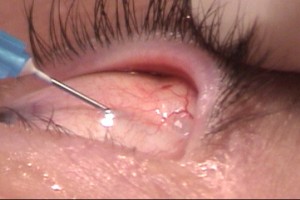Funny Utah Medicaid Observation
Utah Medicaid is changing their copays for 2014:
For Non-Traditional (Blue Card), they used to only cover the first $30, then you would pay the balance. Now, at my office your routine eye exam is covered without any copay since I am an optometrist. (At an ophthalmologist office, there is a $3 copay.)
For Primary Care Network, a.k.a PCN (Yellow Card), you used to have a $5 copay. For 2014, there is no copay on the routine eye exam at my office since I am an optometrist. (At an ophthalmologist office, there is a $3 copay.)
For Traditional (Purple Card), there is still no copay for 2014 on a routine eye exam.
I think it’s funny how the patient pays less to see an optometrist vs an ophthalmologist. On the face it doesn’t feel fair. Theoretically, for the same procedure code, why should the patient pay any different?
Practically, OMDs charge more than ODs, so maybe this is a way for Utah Medicaid to incentivize “clients” to see an optometrist instead of an ophthalmologist. OMDs could be miffed, but they probably aren’t because $3 isn’t that big of a penalty; therefore, it should cause very few patients to actually alter provider choice.
Still, it’s curious. I wonder at what OD/OMD copay differential the OMDs would become vocal.
Tags: Government, insurance, ophthalmologist, optometrist














